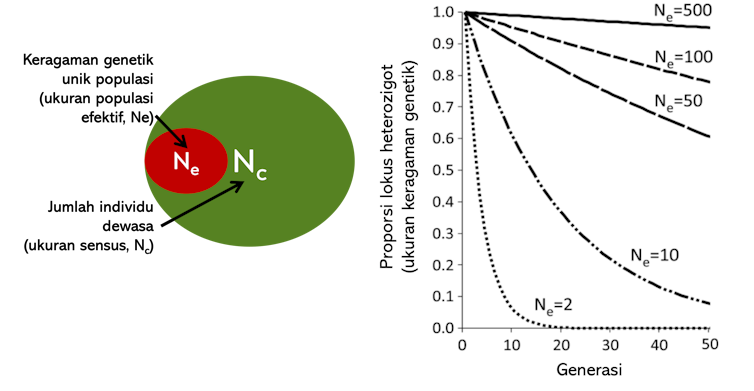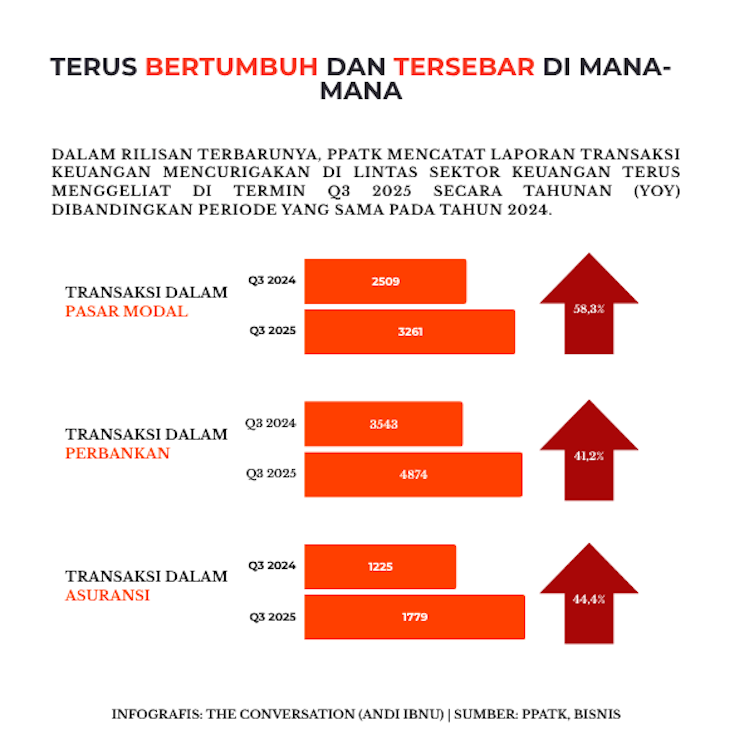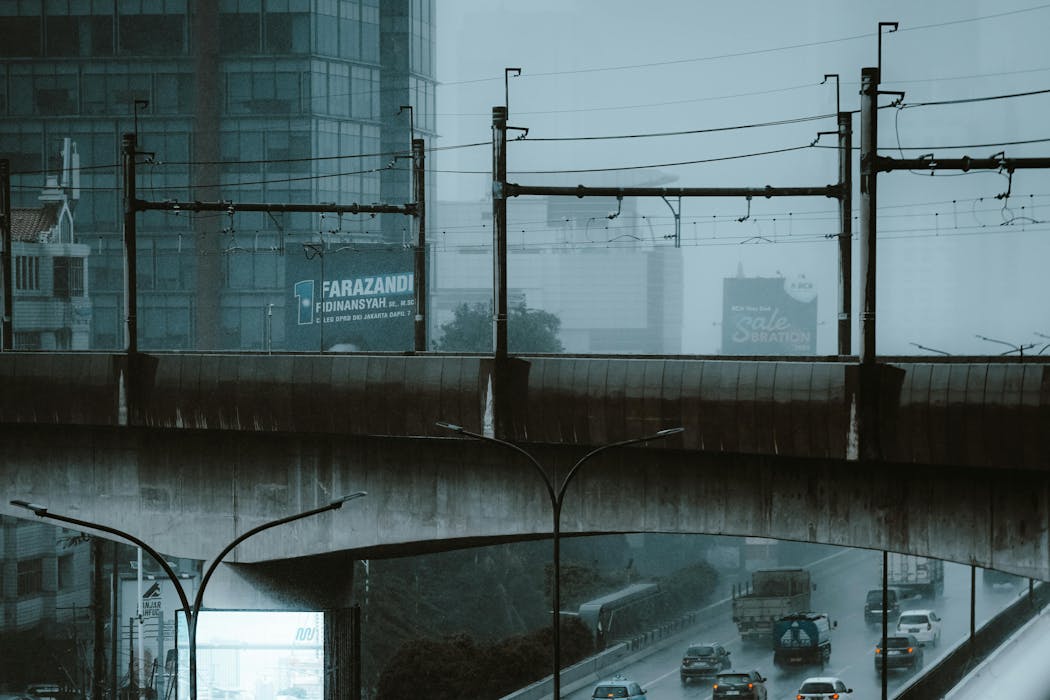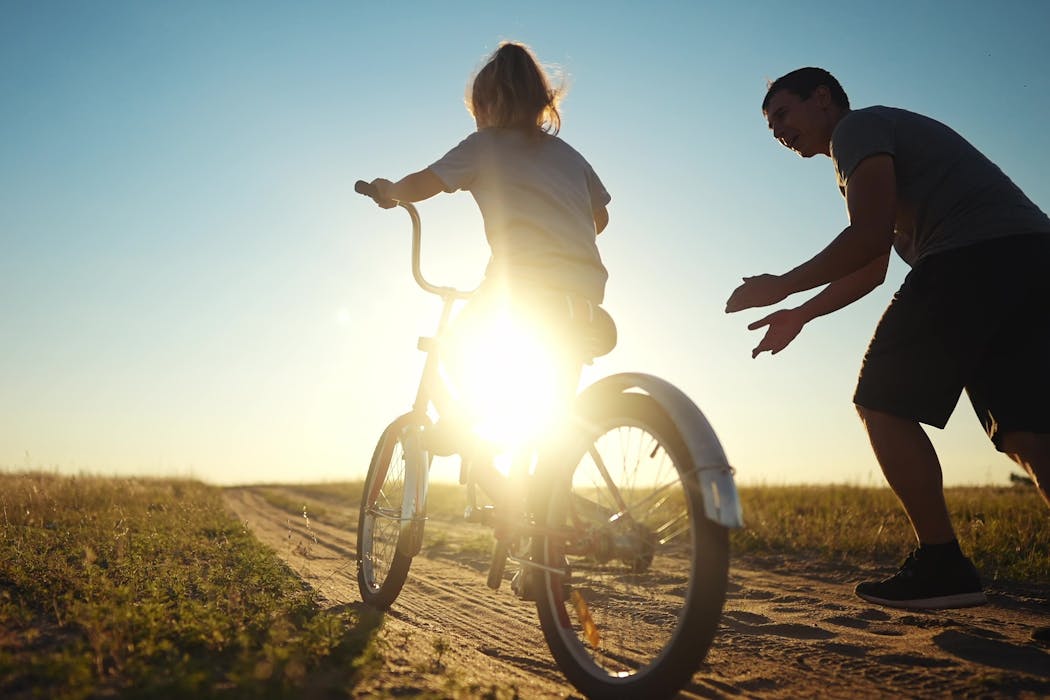Research: Endemic anoa and babirusa show surprising resilience on small islands
- Written by Sabhrina Gita Aninta, Postdoctoral research fellow, University of Copenhagen

● Small-island populations are thriving in their small numbers.
● Small islands can be natural refugia for endangered megafauna.
● Protecting ecosystems on small islands is crucial for national conservation plans.
Animal populations on small islands are often thought to be unlikely to survive in the long term. Continued exploitation of small islands—such as mining in Raja Ampat, West Papua[1]—poses a serious threat to local wildlife.
Governments often overlook biodiversity in these island ecosystems[2]. Some small Indonesian islands are even listed for sale[3] on websites like Private Island.
However, our new study in the Proceedings of the National Academy of Sciences[4] found that endemic large mammals on small islands may, in fact, be thriving.
This finding is based on the genomic sequencing[5] of two endemic species from the Wallacea region: the anoa (a dwarf buffalo) and the babirusa (a pig with upward-curving tusks that resemble antlers).
Although their populations are small and genetically less diverse, anoa and babirusa appear to thrive better on smaller islands than on larger ones. This could help them survive in the long term—contrary to previous assumptions.
In other words, small islands can serve as natural refuges for their native biodiversity—provided their ecosystems remain undisturbed. Thus, protecting these ecosystems is essential for their survival.
Resilient small population of large mammals
In theory, large-bodied mammals on small islands are prone to extinction due to limited mating opportunities. Restricted movement can lead to inbreeding, which reduces genetic diversity and jeopardises long-term health.
However, that may not be the full story. Through genomic analysis[6], we explored the population history of the anoa and babirusa to uncover what has happened over the past few hundred generations.
We sequenced the whole genomes of 67 anoa and 46 babirusa from across the Wallacea islands, including the large island of Sulawesi (in the north and southeast regions) and nearby smaller islands such as Buton and Togean.
We found that anoa and babirusa on Buton and Togean had lower genome-wide diversity and higher levels of inbreeding. Surprisingly, however, these populations were more efficient at purging harmful mutations compared to those on the larger island.
This suggests that small-island populations, having been isolated for long periods, have undergone natural genetic filtering—leaving individuals that are genetically “safe” and capable of thriving.
In contrast, populations on the larger Sulawesi Island carry a higher “genetic load.” This is likely a consequence of external, human disturbances such as forest degradation, mining, hunting, and poaching, which have fragmented their habitats and populations. As a result, these groups may be more genetically compromised.
According to the Kunming-Montreal Global Biodiversity Framework (2022)[7], maintaining a sufficient effective population size (Ne) is crucial for long-term species survival. To avoid the risk of extinction, an Ne of at least 500—or roughly 5,000 individuals in total census size—is recommended.
Interestingly, our findings show that even small populations can remain viable over the long term—so long as they are protected from intense external pressures such as habitat loss, hunting, or disease outbreaks.
Therefore, before conducting any animal translocation to boost genetic diversity, it’s critical to carefully assess the ecological and genetic context of each population.
Read more: Membangun 'big data' keanekaragaman hayati kita[9]
Small islands as refugia
Our study shows that mammals on small islands can be genetically resilient, even with small population sizes.
Unfortunately, small-island habitats are often overlooked in national development plans.
While conservation of small islands is legally regulated, the reality on the ground is starkly different. Indonesia’s outermost islands have frequently been allocated for resource exploitation[10]—often without adequate protection of their ecosystems.
Wallacea is just one example among many island groups that act as a natural laboratory[11] for evolution. These islands have nurtured unique species for millions of years—species that are irreplaceable once lost.
As an archipelagic nation, Indonesia must prioritise biodiversity conservation by putting greater focus on habitat protection in small islands.
These islands can serve as natural refuges for endemic species—offering a more cost-effective and ecologically sound alternative to artificial captive breeding programmes.
References
- ^ mining in Raja Ampat, West Papua (news.mongabay.com)
- ^ overlook biodiversity in these island ecosystems (greennetwork.asia)
- ^ listed for sale (news.mongabay.com)
- ^ our new study in the Proceedings of the National Academy of Sciences (www.pnas.org)
- ^ genomic sequencing (www.pnas.org)
- ^ genomic analysis (theconversation.com)
- ^ Kunming-Montreal Global Biodiversity Framework (2022) (www.gbf-indicators.org)
- ^ CC BY-SA (creativecommons.org)
- ^ Membangun 'big data' keanekaragaman hayati kita (theconversation.com)
- ^ allocated for resource exploitation (en.tempo.co)
- ^ natural laboratory (theconversation.com)
Authors: Sabhrina Gita Aninta, Postdoctoral research fellow, University of Copenhagen





